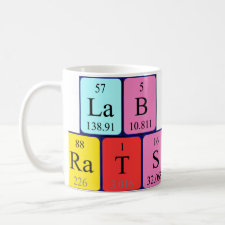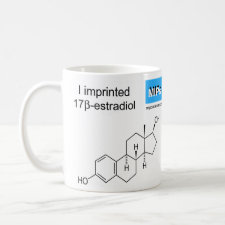
Authors: Lin YL, Li XJ, Zhang XY, Cao J, Zhang JH, Chen XY
Article Title: Ru(bpy)32+/MWCNTs-Nafion-Silica Nanoparticles Modified Electrochemiluminescent Sensor Based on Molecular Imprinting Technique for Detection of 17β-Estradiol.
Publication date: 2016
Journal: Chinese Journal of Analytical Chemistry
Volume: 44
Issue: (10)
Page numbers: 1547-1554.
DOI: 10.11895/j.issn.0253-3820.160395
Alternative URL: http://online.analchem.cn:8080/fxhx/EN/abstract/abstract14350.htm
Abstract: Environmental endocrine disruptors such as 17β-estradiol, are widely distributed with low concentration in the water, which has great harm to ecosystems and human health. To improve the detection sensitivity of 17β-estradiol, a Ru(bpy)32+/MWCNTs-Nafion-SiO2 modified electrode was firstly made by electrostatic adsorption of multi-walled carbon nanotubes (MWCNTs) and ion exchange of Nafion, binding nano-silica and immobilizing Ru(bpy)32+ on the surface of gold electrode. And then a molecular imprinting-electrochemiluminescence sensor (ECL-MIPs) was acquired by modifying the molecular imprinted membrane with sol-gel method for improving the specific selectivity. Under the optimum conditions (in 0.1 mol/L PBS, pH 7.4) at a scan rate of 100 mV/s and accumulation time of 20 min), there was a good linear relationship between the ECL intensity difference and 17β-estradiol concentration in the range of 0.03-2 μg/L, with a detection limit of 0.006 μg/L. The ECL-MIPs sensor was successfully applied to the determination of 17β-estradiol in the water samples with recoveries from 88.7% to 105.0%.
Template and target information: 17β-estradiol, E2
Author keywords: molecular imprinting, Electrochemiluminescence, Nano-silica, 17β-estradiol



Join the Society for Molecular Imprinting

New items RSS feed
Sign-up for e-mail updates:
Choose between receiving an occasional newsletter or more frequent e-mail alerts.
Click here to go to the sign-up page.
Is your name elemental or peptidic? Enter your name and find out by clicking either of the buttons below!
Other products you may like:
 MIPdatabase
MIPdatabase









